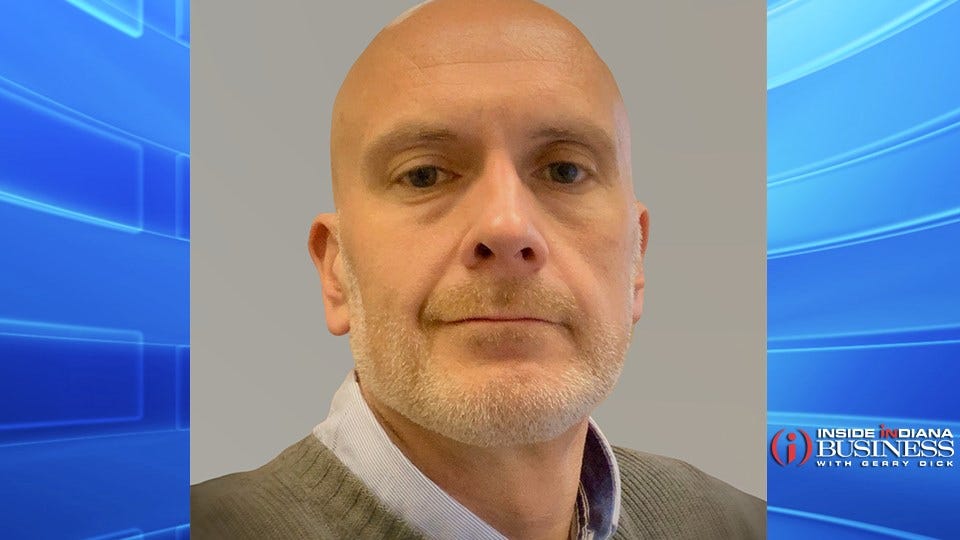Local Budget Relief Could Come From Revisiting Income Tax Rules
Subscriber Benefit
As a subscriber you can listen to articles at work, in the car, or while you work out. Subscribe Now
Tax cut plans are increasingly top of mind for Indiana lawmakers ahead of next year’s legislative session as state revenues continue to surge beyond expectations month after month. Local budgets are much leaner, even though temporary spending from federal COVID aid has bolstered public health and safety programs, water system upgrades and business recovery initiatives.
As the General Assembly considers ways to send money back to Hoosier taxpayers, it could also offer fiscal relief to counties, cities and towns with a simple adjustment to local income tax rules – releasing hundreds of millions of dollars already collected for police and fire protection, road construction and other local priorities.
That’s the conclusion of a new report on Indiana’s local income tax (“LIT”) system by Purdue economist Larry DeBoer, one of the state’s leading experts on tax and budget policies.
State and local income taxes are paid together, as you’ve noticed on your Indiana tax forms. State revenue goes directly into the general fund for the current budget, but the local share is deposited into county LIT accounts and distributed based on past collections.
This system was designed to give local officials annual LIT estimates without predicting future tax collections for all 92 counties. But it means distributions are based on income earned nearly two years earlier, according to tax returns processed the following year. When taxable income grows in a healthy economy, collections outpace distributions during this delay; balances are then kept in LIT accounts to protect against collections falling below distributions in a recession.
In 2020, these balances hit a billion dollars across all county LIT accounts, in part because of tougher rules put in place after the Great Recession. Balances were too low to absorb income losses in 2008 and 2009, and 59 counties ended 2010 with negative accounts. The state had to cover the losses and freeze distributions until collections caught up – to avoid a repeat, the General Assembly required county balances of at least 15% of annual distributions.
After a decade of economic expansion interrupted by the COVID recession, Dr. DeBoer’s analysis finds that the system kept balances growing beyond the 15% requirement. Special distributions are used to manage excess balances but are also based on prior-year data and can’t anticipate increased collections (or include interest earnings that add to year-end totals).
Balances had swelled to more than 30% of distributions before the pandemic, and DeBoer estimates the modest decrease in taxable income for 2020 will still leave nearly $750 million (25% of current distributions) at the end of 2021. Even ‘stress testing’ the system against a hypothetical downturn worse than the Great Recession, he finds little risk of deficits.
The study concludes that the 15% balance requirement could be reduced to 11-12%, releasing roughly $200 million from current accounts and narrowing the gap between LIT collections and distributions in the future to make local budgeting more predictable.
Technical tax analysis probably seems fairly remote from most of our daily lives. But even modest adjustments to state policies can have a significant impact on the local tax base, and public capacity to invest in our communities.
Indiana has capped individual property tax bills and limited overall tax collections to match statewide personal income growth. LIT revenue is meant to offset property tax shortfalls, especially for counties and municipalities. Eight counties have raised LIT rates over the last two years, and at least three are debating future increases (all for public safety and jail projects). Holding excessive balances in LIT accounts only increases the pressure to raise rates.
This pressure will keep building as state and local programs funded through the American Rescue Plan begin to phase out after 2023. LIT revenue will continue to support basics services along with increased demands to maintain quality of life and infrastructure investments, economic development and other public sector strategies for a post-COVID recovery.
Hoosiers are in line for an automatic tax refund next year as the state’s budget surplus hit historic levels. Dr. DeBoer’s study suggests a similar reform for local income tax accounts: Prudent balances should protect against the realistic risk of an economic downturn; above this threshold, money collected to pay for local government should be put to work for local taxpayers.
